You’re scrolling through social media when a clip catches your eye: a field of impossibly ripped women swinging from gymnastics rings, somehow hoisting themselves up and over them with ease.
You swipe to the next video in the post. Muscled men hugging 300-lb sandbags to their chests and heaving them to their shoulders.
Tossing heavy barbells overhead; walking on their hands — CrossFit Games athletes are a species all their own, you think. There’s no way you could ever do that.
You’re wrong.
It’s true; you — and most of the hundreds of thousands of people who work out in CrossFit gyms around the world — may never lift the equivalent of a baby elephant or navigate an obstacle course upside down.
But those feats of elite athleticism are just the most advanced expressions of something far more basic. Something everyone needs to live a long and full life — fitness.
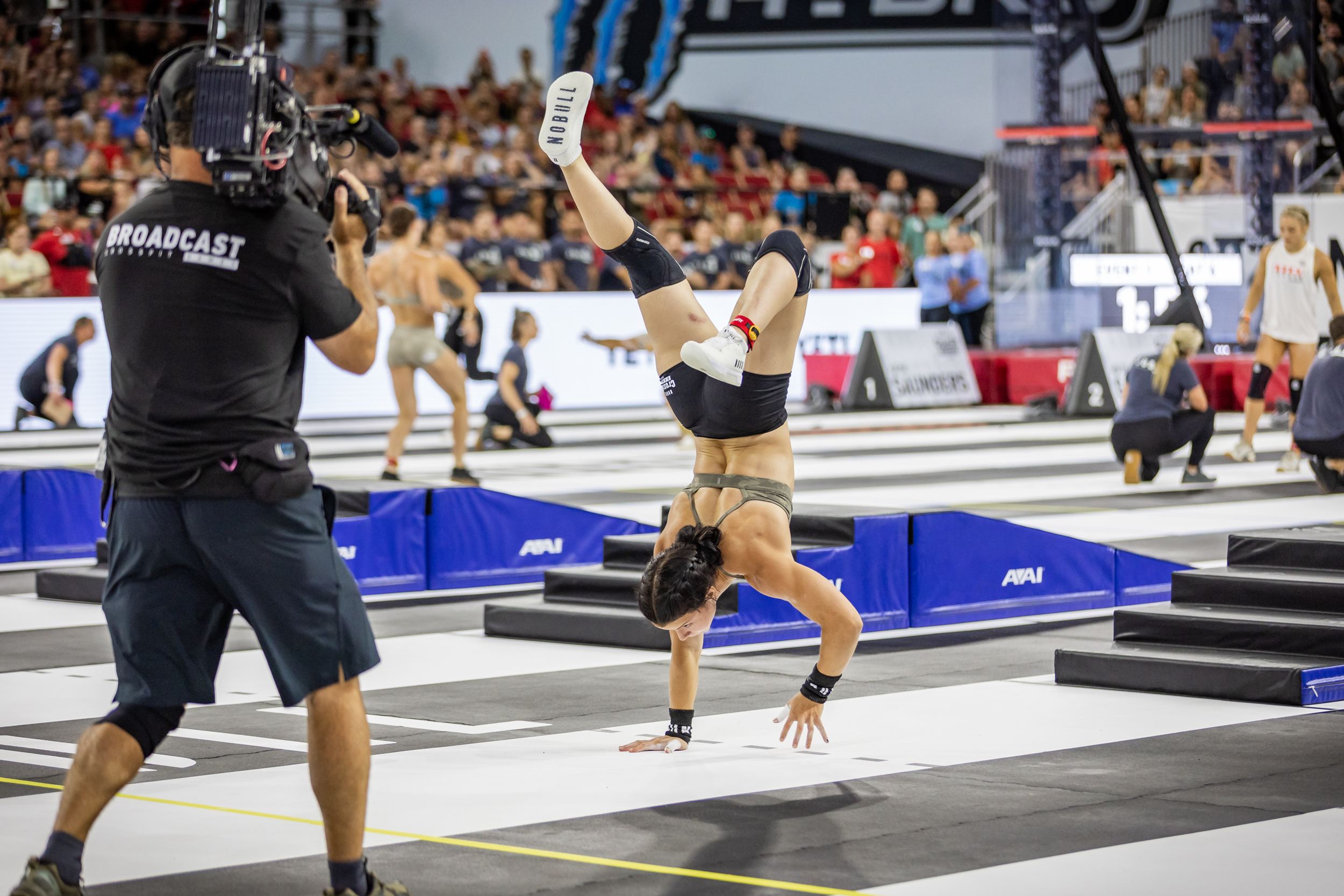
What Is GPP?
Another way to think of fitness is GPP — general physical preparedness, or how prepared you are to tackle any physical situation you might encounter. Do you have the strength to climb out of a ditch? Can you outrun a potential attacker? Can you scale the basement stairs while carrying a basket of laundry?
GPP is also distinguished from its sister acronym, SPP — specific physical preparedness.
The late Dr. Mel Siff defined GPP as training “designed to provide balanced physical conditioning in endurance, strength, speed, flexibility and other basic factors of fitness,” whereas he explained that SPP “concentrates on exercises which are more specific to the particular sport.”
A baseball pitcher, for example, needs to practice drills to increase throwing speed. Soccer players practice footwork and agility drills.
Understanding these terms, we immediately realize CrossFit is a pure GPP strength-and-conditioning program.
CrossFit’s aim is to forge a broad, general, and inclusive fitness that will prepare trainees for any contingency — not only the unknown, but the unknowable. This fits right in line with Siff’s definition of GPP as balanced physical conditioning. CrossFit even precisely names and defines 10 general physical skills in which we strive to gain balanced capacity. They are: cardiorespiratory endurance, stamina, strength, flexibility, power, speed, coordination, accuracy, agility, and balance.
Ultimately, in CrossFit, our performance in as many different physical challenges as possible defines our fitness. This ability to accomplish tasks can be precisely measured using simple tools like a stopwatch, scale, or measuring tape, and provides a clear picture of our GPP.
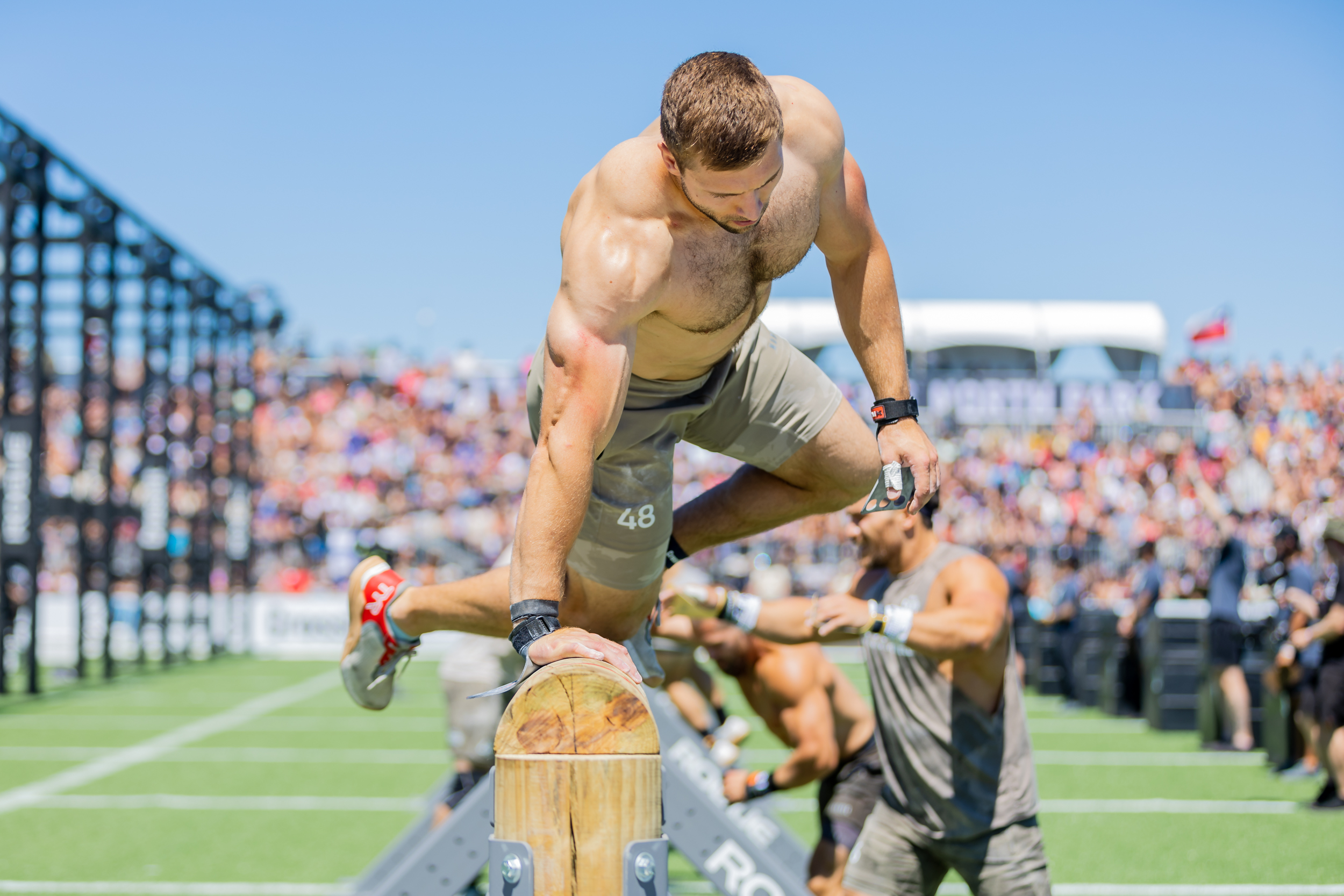
Why CrossFit Is the Best Way to Build GPP
Since taking hold in “boxes” — a nickname for a CrossFit gym — and garages around the world, CrossFit has revolutionized GPP training. Nothing can match CrossFit’s combination of constantly varied functional movements executed at high intensity — and a sound diet — for developing exceptional work capacity across a broad spectrum of physical challenges.
No other program uses such an extensive library of functional movements — presses, deadlifts, squats, Olympic lifts, kettlebell movements, calisthenics, running, biking, and rowing, to name a few. Nor do other training methods program the variety of workouts and modalities or prize intensity — the key to results — the way CrossFit does.
Popular boot-camp programs, for example, rely solely on calisthenics, leaving their participants weak in comparison to our athletes. Bodybuilding and powerlifting programs often neglect endurance work to the extent their athletes lose their breath climbing a flight of stairs. Long-distance runners and triathletes demonstrate below-average strength levels.
Even programs that attempt to copy CrossFit’s methodology fail to achieve the same results as they “dumb down” the programming, unable to properly teach and use Olympic lifts, power lifts, or gymnastics movements. For elite levels of GPP — or the highest level of GPP possible for you — CrossFit is the answer.
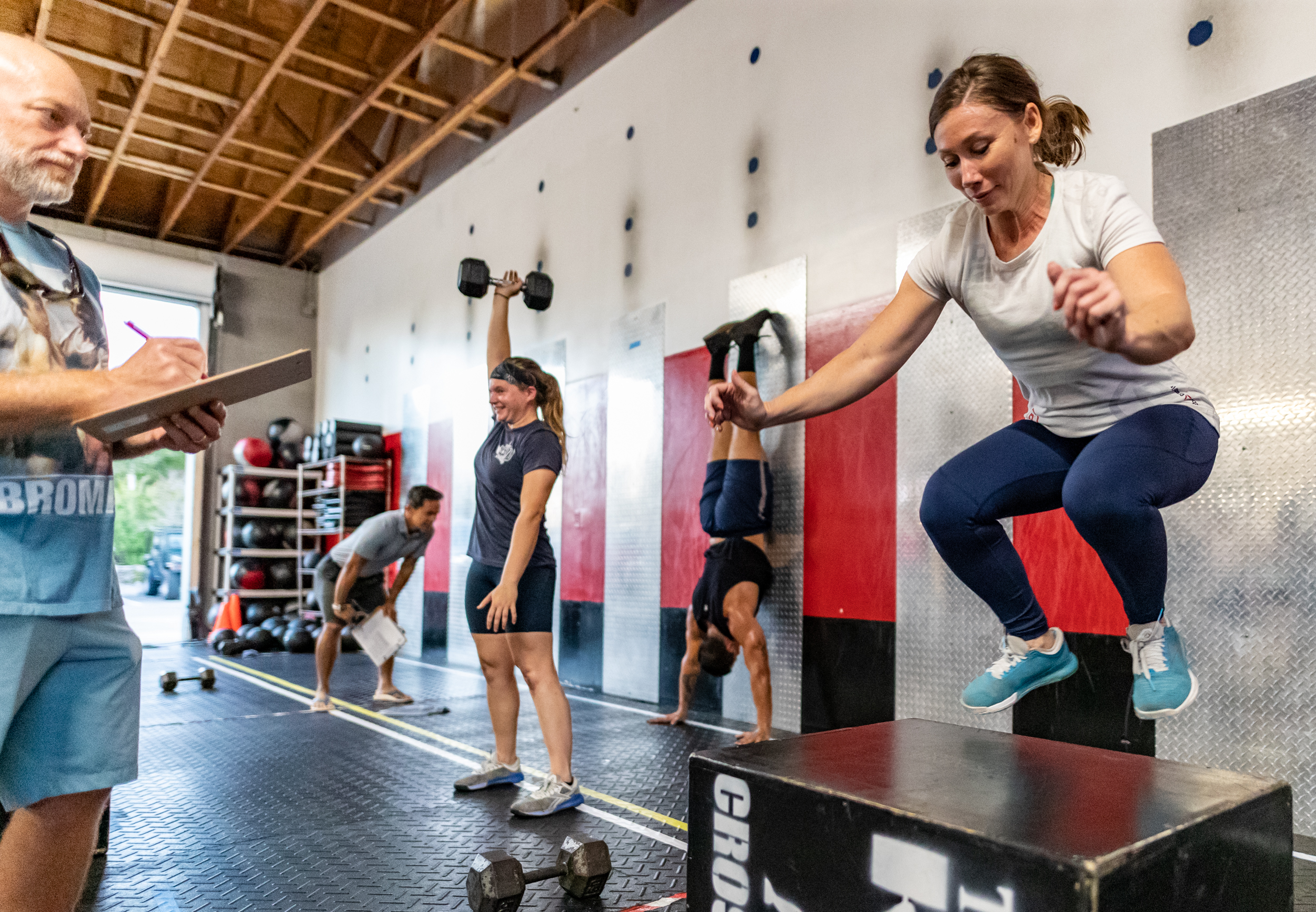
Who Needs GPP?
The short answer is: Everybody needs GPP — from competitive athletes to kids, to the elderly to the unhealthy, and everyone in between. In the words of CrossFit founder Greg Glassman:
“The needs of the elderly and professional athletes vary by degree, not kind. Where one needs functional competency to maintain independence, the other needs functional mastery to maintain dominance. Improved hip capacity will help a pro ball player’s throw to first; it will also reduce the chances of grandpa falling in the tub. The squat is the perfect tool for both.”
This means we all have the same need for capacity (GPP) to one degree or another, whether it’s for dominating a sport or for simply living life on our terms. For every CrossFit athlete, work capacity is built the same way — through the use of an endless variety of functional movements executed at high intensity.
So in CrossFit, everyone, regardless of current health, training status, or goal, performs basically the same workouts to develop their fitness. What differs between individuals in actual CrossFit training sessions are parameters such as the load used, the total volume of work, the intensity achieved, occasionally a specific movement, or the range of motion accepted. These are modified or scaled based on the individual’s ability.
Every CrossFit athlete works to master squats, deadlifts, presses, Olympic lifts, and gymnastics movements at their own pace and at their own level of intensity. Glassman said our affiliate coaches will teach both professional athletes and grandparents how to squat. Over time, these coaches add all the other effective functional movements to each athlete’s workout repertoire to build a broad base of GPP.
For one, this training produces an injury-resistant, well-conditioned athlete who can run up and down the field tirelessly or throw powerful punches in the championship round. For the other, CrossFit training builds grandparents who lug their own groceries, run the grandkids ragged, hike the local peak, and participate in a charity 5K. These CrossFit athletes have built their GPP to the point where they do not succumb to falls, injuries, or chronic diseases like the rest of their peers. GPP is equally critical for performance and quality of life.

Competitive Athletes and GPP
Expanding on the need for GPP in competitive athletes, renowned exercise physiologist Tony Leyland pulled Glassman’s timeless words from the CrossFit Message Board, posted in December, 2008, in his insightful article, “CrossFit GPP”:
“Here’s what we know about CrossFit, GPP, sport training, and athletic development:
- GPP is the most underdeveloped and neglected aspect of athletic training, especially in elite athletes. (Author’s Note: Every sport has examples of elite athletes who spend an inordinate amount of time honing their SPP to the detriment of their overall conditioning. Ultimately, in competition, these athletes are unable to demonstrate their skills due to fatigue, resulting in sub-par performance. With more time spent on GPP, while simply maintaining their skill set, these athletes would undoubtedly experience improved performance.)
- CrossFit produces an unmatched GPP in novice, intermediate and advanced athletes regardless of their prior training and sport.
- Every athlete we’ve worked with, from Olympic medalists to UFC legends, has some glaring chink in his/her GPP, and it takes at most two hours, two sessions, on average, to find these chinks.
- Fixing these chinks, these deficiencies, has immediate benefit within your sport and very often in ways not quite obvious mechanically and perhaps metabolically. For instance, more pull-ups make for better skiing and skiers. Upper-body pushing movements make for better rowing and rowers. Anaerobic training is a boon to endurance athletes.
- There’s greater margin for improving performance in elite athletes, where the margins of victory are very tight, in improving GPP with CrossFit than can be garnered through additional sport-specific training. (Author’s Note: This is such a critical point for coaches to understand. Many times the key to improved performance and victory is improved GPP instead of additional SPP. By improving an athlete’s GPP, it is quite likely the expression of their sport skills will improve.)
- ‘CrossFit produces a ‘ready state’ from which more advanced or sport specific training becomes very efficient.’ —Mark Twight (Author’s Note: Great strength coaches understand that by improving their athletes’ GPP, they are handing over to the sport coaches an athlete who is capable of practicing SPP longer and better because of their strong foundation of work capacity.)
- CrossFit will for many sports reduce the total training volume, reduce training injuries, and allow more time for vital sport-specific skills and drills. (Author’s note: Sport coaches are always looking for more time to practice. CrossFit provides exceptional GPP, supports SPP and allows for more time practicing sport skills. Also, there is nothing more detrimental to an athlete’s performance than an injury. By reducing training volume and making athletes stronger, fitter and more injury resistant, CrossFit keeps players training and competing at the highest level.)
- CrossFit is more fun and seems more athletic to experienced athletes than does traditional GPP. (Author’s Note: CrossFit gives athletes a fun, rewarding break from often tedious drills in practice. The results from CrossFit are quick, impressive and develop confidence in the athlete. These physical and mental improvements transfer directly to performance on the field.)
- CrossFit has athletes improving their fitness for years beyond, to levels significantly beyond traditional GPP. (Author’s Note: Even seasoned athletes who have maximized their SPP can experience performance gains through continued improvements in GPP. CrossFit’s window of adaptation is at least 10 years, resulting in levels of fitness not matched by other methods.)
- Sport training and physiology are not so well understood that highly specialized strength and conditioning routines are optimally effective.”
There’s no doubt for athletes to be good at their sport, they have to play the sport and practice sport skills. However, competitive athletes at all levels often default to extra skill practice over building the GPP required to play their sport. This shortfall in GPP inevitably leads to injuries and a plateau in performance. This is why there is more opportunity to improve sport performance by improving GPP, especially by fixing deficiencies, than there is by adding extra skill practice.
That said, CrossFit training is so efficient, athletes can have both — superlative GPP to support performance and all the time they need to practice and play their sport. Consult with elite strength coaches such as Josh Everrett, Mike Burgener, or Jesse Burdick, who have coached athletes at every level in every sport, and they will tell you they use all their creativity and skill as coaches solely on finding ways to increase their athletes’ GPP. Then, it is up to the sport coach and athlete to use that incredible capacity to develop an already injury- and fatigue-resistant athlete into a highly skilled player. All this to say, in Leyland’s words, “that outstanding GPP will make you a better athlete.”
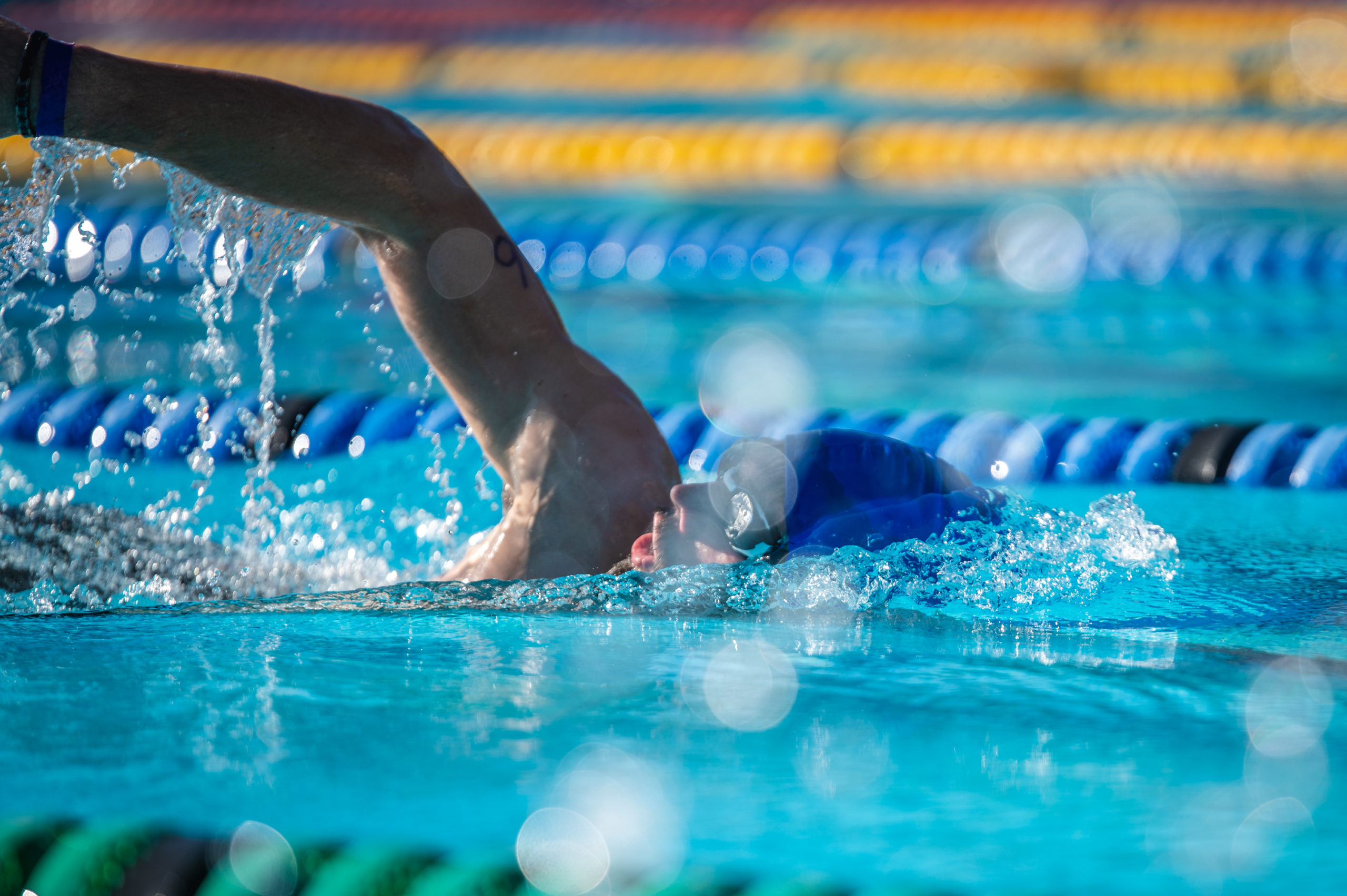
The General Public and GPP
Glassman’s points in favor of building a strong base of GPP for athletes apply equally well to those of us just searching for a fitness program that will allow us to live the life we want.
Many of us just looking for general fitness don’t realize we unintentionally specialize. Just like athletes who focus solely on their sport to the detriment of their GPP, many of us rely on — often for years — either running, or yoga, or weight training alone to fulfill our fitness needs. Even in tactical/first-responder communities — military, law enforcement, fire — it is very common to find individuals specializing in one area, such as an endurance sport (marathon or triathlon) or pure strength training (powerlifters). Still others follow the traditional bodybuilding approach of cardio in the morning and a chest/back/legs lifting session in the afternoon. This builds narrow, segmented, blunted capacity.
Leyland suggests, “Rather than run and run and run and see little further improvement, why not run some days (and maintain a decent level of running) but spend more time doing other things?”
This is where CrossFit shines. Our specialty is not specializing. We don’t want to be exceptional at one thing. We want to be good at everything. The variety in CrossFit forces practitioners to work on their weaknesses and physical challenges they dislike instead of consistently focusing just on things they’re good at.
It is an important aspect of CrossFit culture to relentlessly root out deficiencies, those glaring chinks in one’s GPP, because this is the most efficient path to increasing fitness. Because of this approach, our trainees are strong, fast, and can handle short, intense workouts or very long ones requiring great endurance. They can perform dozens of exercises with great technique in endless combinations while fatigued. They won’t win a powerlifting or weightlifting meet or a 5K, but they’ll finish in the top third in each.
As for the tactical athletes mentioned above, many of the best Tier 1 Special Mission Unit and SWAT operators use CrossFit to prepare for selection and maintain the high level of fitness required to perform on these elite teams. This is GPP in action!
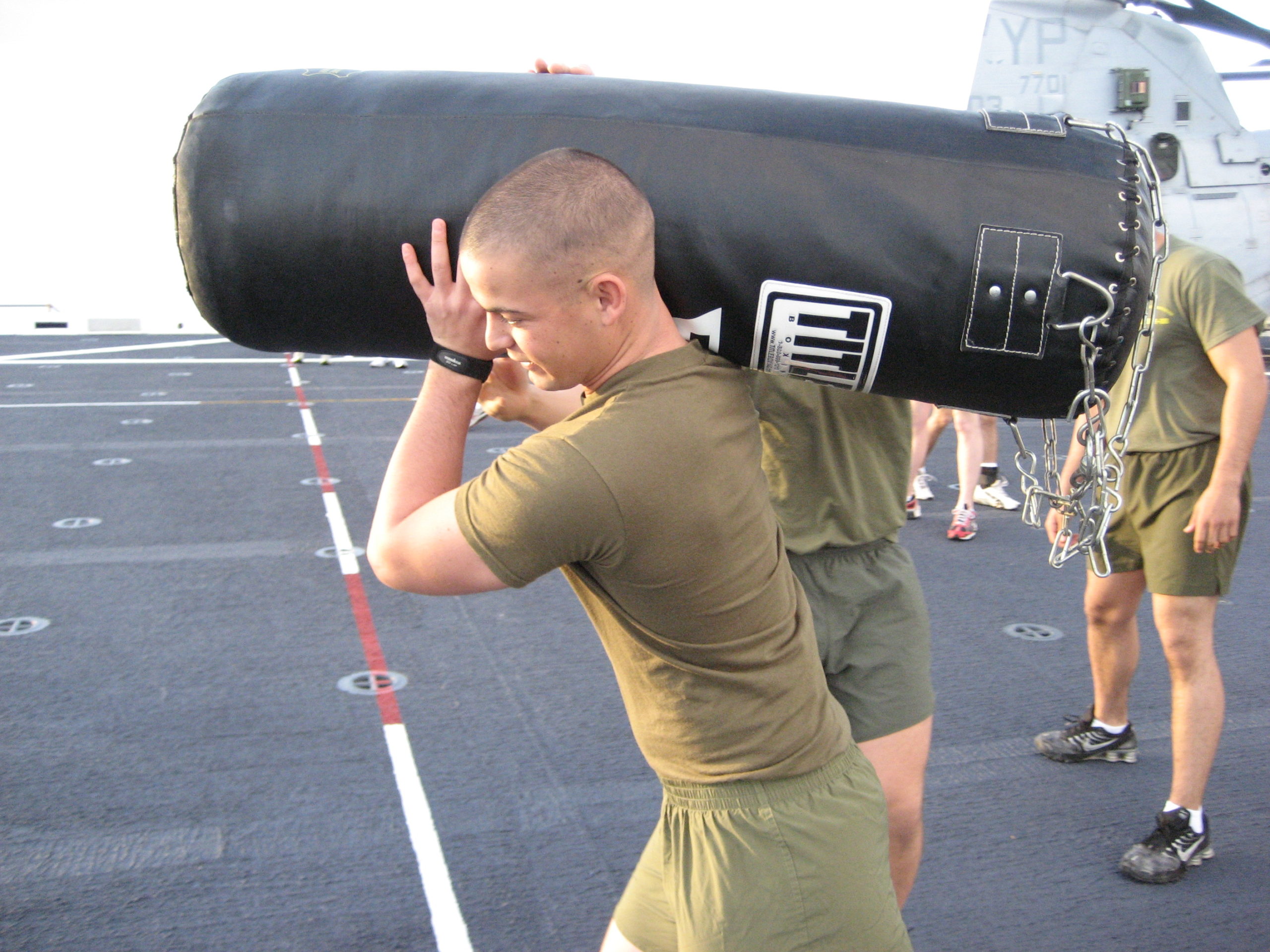
Start Where You Are
Hopefully, I’ve made the argument for why GPP, or broad-based fitness, is so important — not only for sport performance but also for quality of life for everyone. There’s no choice here. We either build our GPP or we sacrifice capacity. Fortunately, our fitness level doesn’t matter when we make the decision to try CrossFit. It’s just critical that we start. Then over time, we will get fitter and achieve goals we thought were unreachable.
For those intimidated by the intensity of CrossFit, who think they could never do CrossFit or feel they need to “get in shape” before trying CrossFit, Leyland offers the sage advice that “even starting CrossFit at a low intensity and reducing the measured aspect [e.g., the recording of times, weights, rounds, etc.] … is still a great first step. … The CrossFit magic is in the types and variety of movements and the varied intensity. But even if a client only taps into part of that magic, he or she is still going to benefit greatly compared to doing the same thing over and over again.”
To put the minds of prospective trainees at ease, here’s what it looks like to start CrossFit: Every newcomer, young or old, healthy or sick, goes through a period of instruction in the functional movements — presses, deadlifts, and squats, and all their variations. This is low-intensity, technical practice — under the watchful eye of a qualified coach — through ranges of motion and with weight suitable to each person’s abilities. Some might use a PVC pipe “barbell” that weighs only ounces for weeks or months. There is no rush here. In fact, all this technical practice on functional movements by itself improves fitness in many areas.
As the sessions accumulate, each individual’s technical proficiency in the basics inevitably increases. At some point, still under the diligent care of the coach, the movements are performed in a traditional CrossFit workout. Each athlete gets through this new challenge at their own pace. The final piece is only introduced after an athlete is able to consistently perform movements safely and proficiently: working out at relative intensity, or an intensity based on the trainee’s personal capacity and ability. From here, clients spend years working on moving with great technique at their own relative intensity, reaping the benefits of a level of fitness they never imagined possible. By now, they are hooked on this new way of life.
None of the life-changing benefits of CrossFit are possible without taking that first step. The only way to take control of our health and fitness is to muster the courage to go over to the CrossFit gym we drive by every day, walk through the door, and give it a try. From that point, the rest will take care of itself. For those who need an additional nudge to start their CrossFit journey, please take heed of Leyland’s stern warning: “The bottom line: ignore GPP at your peril.”
Comments on GPP: What It Is, Why You Need It, and Why CrossFit’s the Best Way To Get It
Nicely written as always. I take a lot of your articles to teach teach athletes at my affiliate not only physically but also mentally. Thank you very much for that!
GPP: What It Is, Why You Need It, and Why CrossFit’s the Best Way To Get It
5